Detecting the risk of myocardial infarction before spinal surgery
Mr. BVThang (71 years old, Hanoi ) was admitted to the hospital with neck and chest pain, numbness and swelling in both legs. After being examined at Hong Ngoc General Hospital, he was diagnosed with a multi-level narrowing of the spinal canal in the neck area. He was advised to undergo surgery to remove the vertebrae to avoid the risk of spinal cord compression, leading to paralysis.
However, during the pre-operative examination, the doctors discovered that his cardiac enzyme index was elevated along with changes in the electrocardiogram, which is a sign of suspected progressive heart damage. In particular, the patient had a history of myocardial ischemia, hypertension and long-term diabetes, and had a coronary angiogram two years ago with mild damage. Therefore, the doctor decided to repeat the coronary angiogram for a comprehensive assessment before surgery.
Coronary angiography results showed that Mr. Thang had severe stenosis at the origin of the anterior interventricular artery, one of the important locations supplying blood to the heart. Compared with the old film, the damage progressed very quickly.
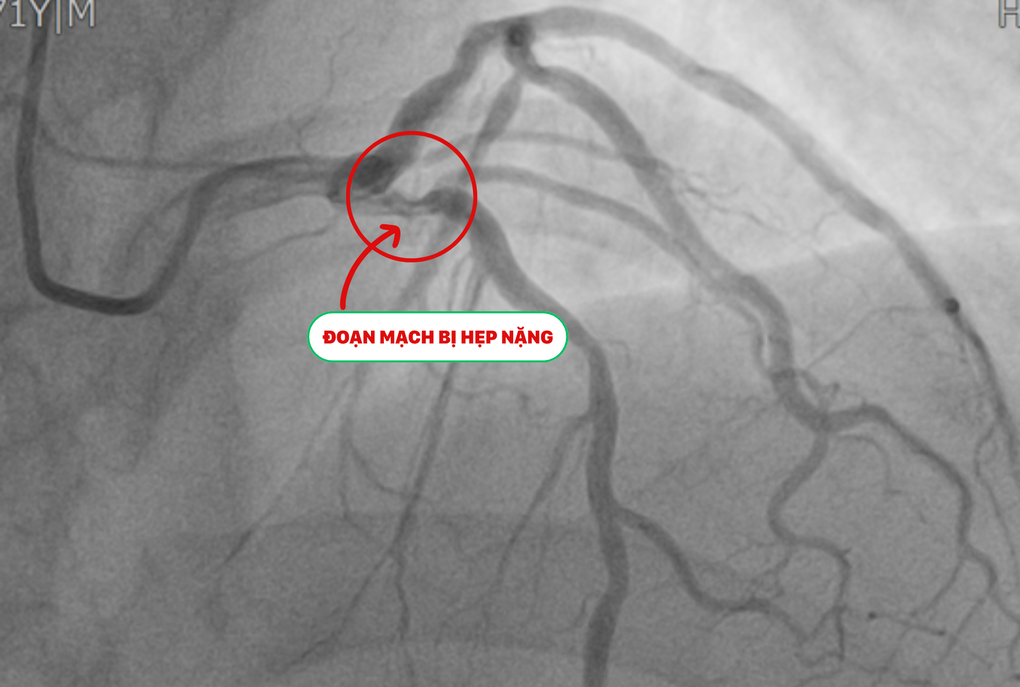
Coronary artery damage progressed very rapidly compared to two years ago.
This is a challenging treatment problem: if the coronary artery lesion is ignored and spinal surgery is performed immediately, the risk of acute myocardial infarction during or after surgery is very high. But if coronary intervention is chosen first, the patient will need a long recovery time, which means delaying orthopedic surgery. The patient has many underlying diseases and a high risk of bleeding, so every direction has potential risks.
Immediately, the Hong Ngoc General Hospital team conducted an interdisciplinary consultation including cardiology, orthopedics, anesthesia, resuscitation, testing,... and agreed to deploy a proactive coronary intervention strategy with minimally invasive techniques, maximum control of complications, both timely coronary treatment and ensuring adequate conditions for safe surgery afterward.
When inserting the intravascular ultrasound probe (IVUS) into the examination, the team discovered that the coronary artery stenosis was clearly eccentric, the lumen was pushed to one side and the vessel wall was uneven. With such an abnormal shape, if the stent was placed in the usual way, the risk of misalignment, not being close to the vessel wall, or even dissecting the endothelium was very high, forcing the doctor to change tactics right on the intervention table.
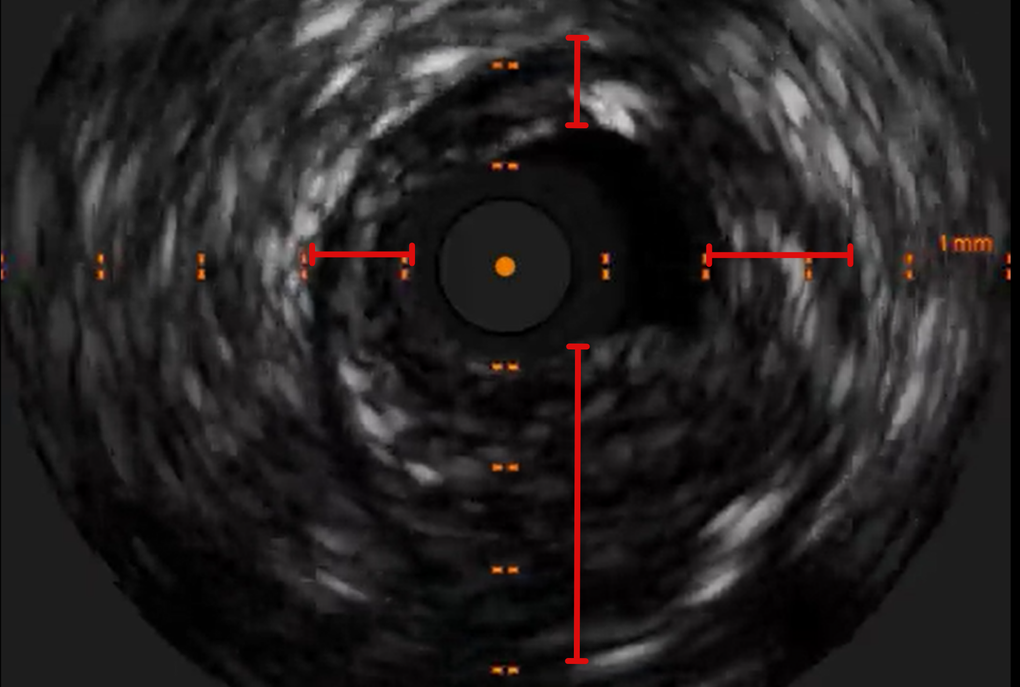
The coronary artery stenosis is clearly eccentric, the lumen is pushed to one side, making the intervention challenging.
The team quickly made adjustments: re-selecting the appropriate stent type, re-determining the placement point, opening direction and precise pushing force so that the stent fits the misaligned artery but still ensures even pressure, leaving no gaps or causing further damage. After 60 minutes, the cardiovascular intervention team successfully restored the patient's heart blood flow.
Improving surgical safety through multidisciplinary collaboration and individualized treatment
Thanks to skillful treatment of coronary artery injury, Mr. Thang recovered well, hemodynamic indicators and cardiac enzymes improved, helping him to have enough health to undergo spinal surgery as originally planned.

Mr. Thang recovered well after coronary intervention.
The success of this case lies not only in the intervention technique, but also in the demonstration of a comprehensive treatment strategy designed to closely match the individual characteristics of each patient. Instead of approaching each disease separately, the treatment team at Hong Ngoc General Hospital closely coordinated with other specialties to develop a synchronous treatment plan, optimizing the timing of intervention and controlling risks.
Along with that, the application of modern supporting technologies such as IVUS and DSA play an important role in accurately assessing the damage and immediately monitoring the progress of the intervention. This helps doctors proactively adjust the intervention strategy as soon as adverse factors arise, which is very necessary for elderly patients with many underlying diseases like Mr. Thang.
“We always develop personalized treatment plans, especially for elderly patients with many risk factors like Mr. Thang. Thanks to effective interdisciplinary coordination, the entire process is strictly controlled, not only ensuring patient safety but also preserving the golden time, preventing cardiovascular complications from progressing and losing the opportunity to intervene in the spine before the damage becomes more severe,” shared Master, Doctor Nguyen Dinh Cong - Deputy Head of Cardiology - Interventional Cardiology Department, Hong Ngoc General Hospital.
With the desire to support many elderly patients to access advanced, high-quality cardiovascular intervention techniques, Hong Ngoc General Hospital has launched a special gratitude program: 20% discount on cardiovascular intervention and hospitalization costs, and at the same time apply maximum payment limit of health insurance card for people over 60 years old.
Contact details:
- Address: No. 8 Chau Van Liem Street, Tu Liem Ward, Hanoi City
Hotline: 0911 858 626
Source: https://dantri.com.vn/suc-khoe/phat-hien-ton-thuong-tim-truoc-ca-mo-cot-song-cu-ong-duoc-xu-tri-kip-thoi-20250716222117142.htm










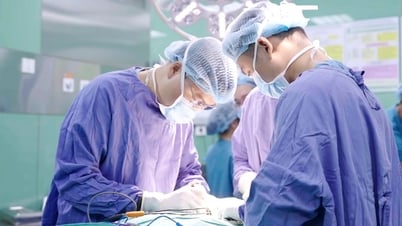








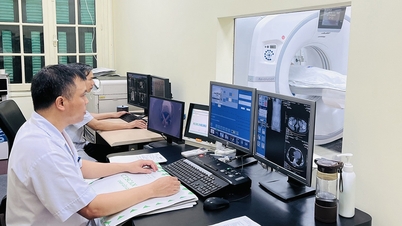






















































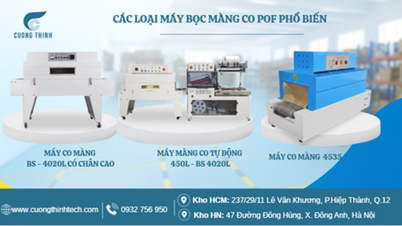





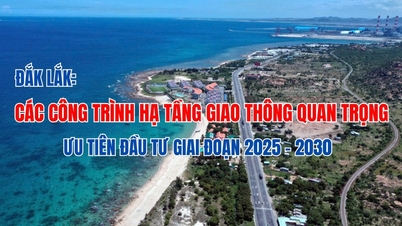












Comment (0)